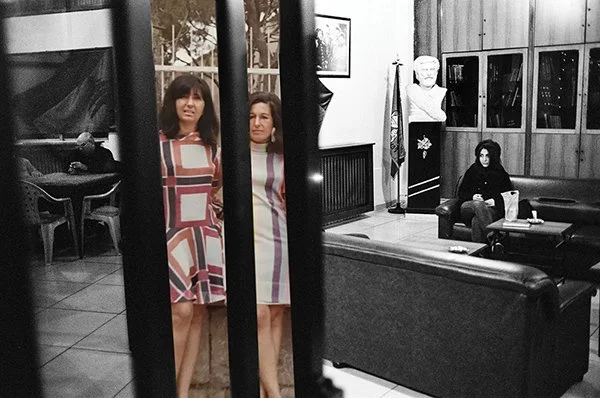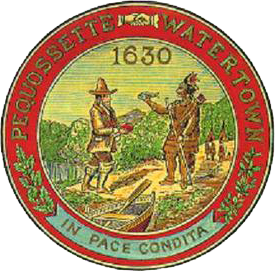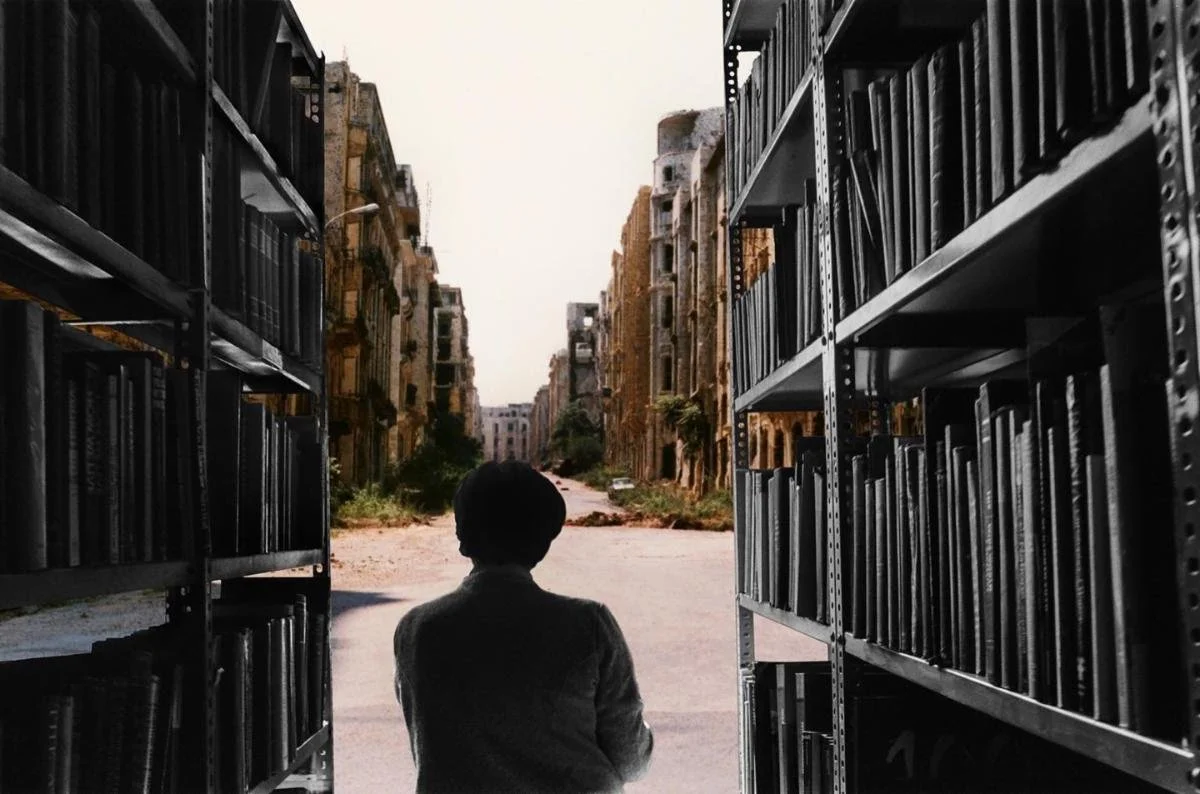
'Diasporic identity'
“Beirut Memory Project #49” (digital collage, archival pigment print on velvet fine art paper), in the show “Disrupted, Borders,’’ by Ara Oshagan, at Armenian Museum of America, Watertown, Mass., through Dec. 30.
— Courtesy of the artist.
The museum says:
Drawing on his own history and identity, photographer and installation artist Ara Oshagan brings together several series of work that focus on his interest in “diasporic identity, afterlives of displacement and colonization, erasure and (un)imagined futures’’.
City seal of Watertown.
Borders, seen and unseen
“The Beirut Memory Project #56, 2018-2021,’’ in the show “Disrupted, Borders,’’ by Ara Oshagan (digital collage, archival pigment print on velvet fine art paper), at the Armenian Museum of America, Watertown, Mass.
— Photo courtesy of the Armenian Museum of America
The museum says:
Oshagan is a "diasporic multi-disciplinary artist, curator, and cultural worker whose practice explores collective and personal histories of dispossession, legacies of violence, identity, and (un)imagined futures." The show "weaves together different geographies and spaces that considers the impact of borders (both visible and invisible) on our personal and collective history, past-present-future, and the disruption of dislocation."
Not for kindling
“Untitled”’ (wooden sticks), by Charles Arnoldi, in the show “On the Edge: Los Angeles Art 1970s-1990s,’’ at the Armenian Museum, Watertown, Mass., through Feb. 26.
Argon art; this old house
“Portrait of Joan” (hand-blown and colored glass tubing, argon gas with mercury transformer), by Laddie John Dill, at the Armenian Museum, Watertown, Mass., in the show “On the Edge: Los Angeles Art 1970’s-1990’s’’
Abraham Browne House, in Watertown, built around 1694. It is now a nonprofit museum operated by Historic New England.
The house was originally a simple one-over-one dwelling and features steep roofing and casement windows, recalling many 17th Century English dwellings. During restoration work in 1919, details of 17th Century finish were found. The ground floor has one large room, which was used for as a sort of living room as well as for cooking and sleeping.
The building may be one of fewer than a half-dozen houses in New England to retain this profile.
— Photo by Wayne Marshall Chase





